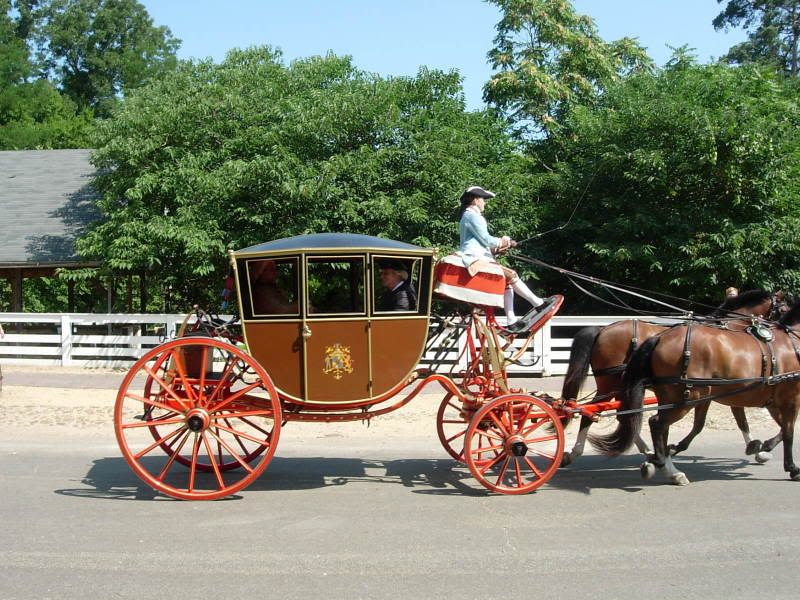
 When I was researching my novella “Innocent in the Harem,” I’ll admit it came out of my own fascination with the secret world of the harem. What sort of world allowed a man to keep hundreds of odalisques, and what would it be like within the forbidden interior?
When I was researching my novella “Innocent in the Harem,” I’ll admit it came out of my own fascination with the secret world of the harem. What sort of world allowed a man to keep hundreds of odalisques, and what would it be like within the forbidden interior?
I used the Topkapi Palace in Istanbul, Turkey, as my setting, and when researching potential sultans, I found that Suleiman the Magnificent (also spelled Süleyman, 1494-1566) was the best candidate. He had several sons, whom he sent off to various provinces within his kingdom, in order to avoid rivalry between the heirs. When one of his sons posed a threat by allying with an enemy, Suleiman had him killed. Palace life was not for the faint of the heart, and sons of royal blood could easily be caught within intrigues and murder plots. The blood of princes could not be spilled, so poisoning and strangling were the preferred methods of execution. I created a fictional son for Suleiman, based on what I learned about the princes (in reality, Suleiman had eight sons by his wives).
In “Innocent in the Harem,” Prince Khadin’s life is in danger because Suleiman sees him as a threat to his heir. When Khadin rescues the beautiful Laila Binte Nur Hamidah from a slave market, he knows he may only have days left before his own execution. He takes her within the world of the harem, and Laila is awakened to the sensual environment.
Within the harem, bathing within the hamam was a popular pastime. The walls and floors were made of tile, and women would wear special sandals called pattens to prevent their feet from being burned from the heated marble. Body hair was considered sinful, and depilatory creams were used, the hair being scraped away with sharp shells. Slaves scrubbed the odalisques with loofahs and rinsed them off with water poured from gold and silver bowls. The women were massaged and perfumed daily, and after bathing, the women would recline in the tepidarium, where they would drink coffee and listen to stories.
The harem was strictly governed by the valide sultana, who was typically the sultan’s mother. The valide sultana would choose which women would share the sultan’s bed, and the women took turns. One unfortunate woman tried to trade her turn on the royal couch and was executed for it. And yet, the harem environment was one where women were treated as valuable, exquisite creatures. The concubines were well-educated, versed in music, languages, writing, sewing, and other arts. If an odalisque pleased the sultan, and particularly if she became pregnant, he might elevate her to the status of his wife.
Eunuchs protected the women and held valuable positions within the harem. Although they were castrated, some would still risk having illicit affairs with the women. The chief black eunuch, the kizlar ağasi held a political position and was often the foreign minister.
“Innocent in the Harem” follows the journey of Laila, a Bedouin horse whisperer, after she enters the harem and is brought to Prince Khadin. They share sensual nights together, even knowing that each night may be their last. And though Laila longs for her freedom, the longer she remains with her prince, the more she longs for both of them to escape the dangers of the palace.
(photographs courtesy of Michelle Styles)
You can read an excerpt from “Innocent in the Harem” at http://www.michellewillingham.com/books/innocent-in-the-harem/ . I’ll be giving away a free download of “Innocent in the Harem” to one lucky commenter.
Any questions about life within the harem? I’ll do my best to answer!








